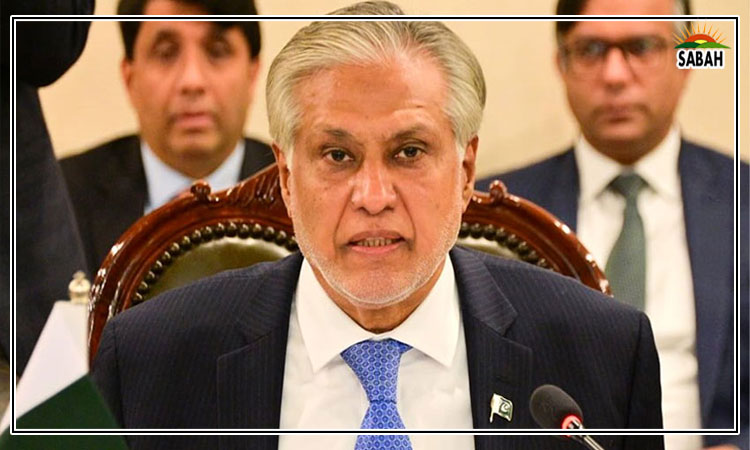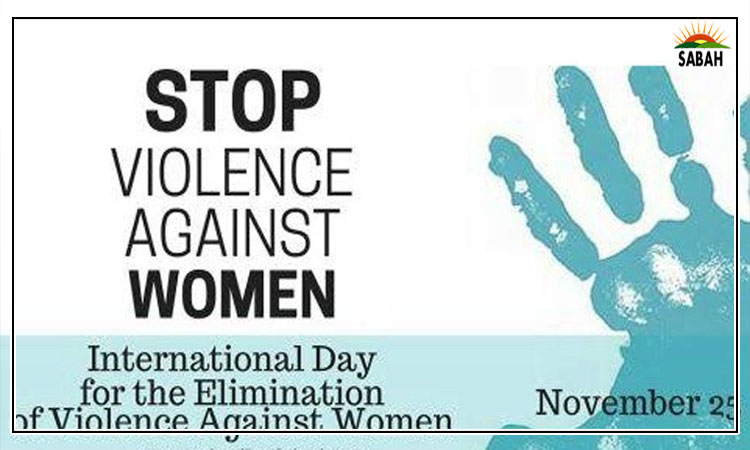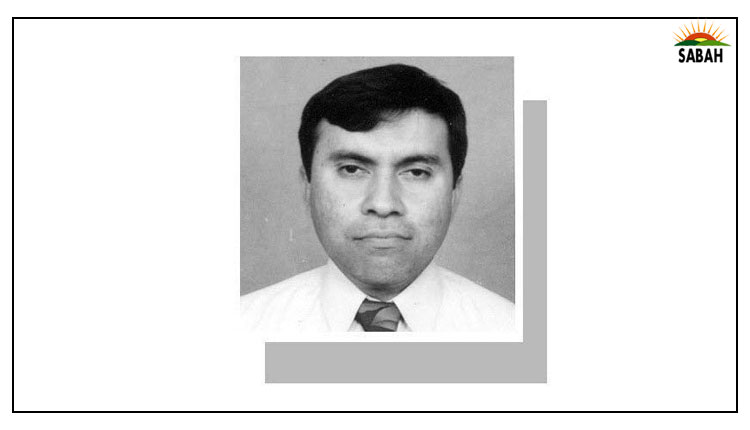Tariff reforms…Dr Muhammad Zeshan
Theoretically speaking, high import tariffs increase the market share of domestic products by making imported goods more expensive, thus making locally produced goods more attractive to local consumers.
This view was mainly followed by traditional economists to give domestic industries a competitive edge over foreign competitors. Hence, higher tariffs were considered to incentivize domestic production, as local manufacturers may find it more cost-effective to produce goods within the country rather than import them due to the added expense of tariffs.
Do we see any industrial revolution in Pakistan as a result of historically high import tariffs? The car industry is one of the most protected industries in the country. The Pakistan Institute of Development Economics (PIDE) finds that the total protection for this industry is more than 45 per cent compared to international prices, but it is hard to see any significant improvement in its scale and level of innovation.
Locally manufactured cars have become extremely expensive, and the manufacturers do not care to account for global safety measures but prioritize profit maximization at the expense of consumers.
High tariffs just protect domestic auto manufacturers by making imported vehicles more expensive for consumers, forcing them to buy domestically produced vehicles. Import tariffs on vehicles and parts raise the overall cost of vehicles, reducing consumer demand and welfare. The supply of foreign cars also reduces because it is harder for international suppliers to compete in the local market.
The unintended consequences of protecting domestic industries are complex. Market distortions emerge, creating an artificial advantage for domestic industries. It leads to inefficiencies, as domestic industries may not face the same level of competition they would in an open market. It reduces the pressure on local manufacturers to improve efficiency and innovate.
As a result, there is an inefficient allocation of resources, as domestic industries may continue to operate even if they are not the most efficient producers. This hinders economic growth and productivity. High import tariffs disproportionately affect small- and medium-sized enterprises that rely on imported raw materials for their production, increasing their operational costs while reducing competitiveness in both domestic and international markets.
High tariffs also create an export bias where domestic industries focus only on the local market and lose a competitive advantage in the international market. The prevailing distortions and inefficiencies do not allow them to compete in the international market.
In the current era of global value chains, industries relying heavily on imported raw materials and high tariffs might cause disruptions in the supply chains due to increased costs. This can adversely affect production schedules and the national level of output in Pakistan since the industries use around 12 per cent imported inputs in the overall production process on average.
Higher prices for imported goods adversely affect consumer choices, as they have to pay more for these products, leading to a higher cost of living. For instance, consumers in Pakistan pay 66 per cent higher prices for imported edible oil compared to the international market price. To meet their budget constraint, a household will have to let go of other expenses such as education or health to run the kitchen.
Hence, a significant portion of a poor households budget is allocated to purchasing such essential items, leaving less money for other necessities and discretionary spending, also limiting their savings for the future. It significantly lowers the overall standard of living for poorer households because they may have to compromise on the quality and quantity of food or find substitutes for high-tariff products to manage their budget, potentially affecting their nutrition and health.
Besides, higher prices of essential items contribute to overall inflation in the economy, affecting not only households but also businesses and the broader economy. It also incentivizes smuggling or a rising informal economy, which is more than 50 per cent the size of our formal economy. Hence, the intended protection of domestic industries results in unintended revenue losses for the government.
Therefore, import tariff reforms need to be carefully calibrated to correct market distortions, which will increase our international competitiveness, leading to sustainable economic growth. This can be achieved in five years and three phases. In the first phase, reduce import tariffs on the most protected industries until their tariff rates reach the average tariff rate (around 12 per cent at present) in the first two years.
In the second phase, uniformly reduce tariffs on all industries until we achieve a tariff rate of 5.0 per cent in the next two years. In the final phase, uniformly eliminate tariffs on all import products in the next year.
Courtesy The News












